In today article, I try to dive into a comprehensive breakdown of what the RTX 5090 brings to us, how it performs in theory and in reality compared to its predecessor - the RTX 4090, and whether you should invest in it based on its 3D rendering capabilities.
In 30th January 2025, NVIDIA has once again made us all excited about GPU technology with the release of the RTX 5090, a next-generation powerhouse which promises unparalleled performance for gamers, creators, and professionals. In today’s article, I try to dive into a comprehensive breakdown of what the RTX 5090 brings to us, how it performs in theory and in reality compared to its predecessor – the RTX 4090, and whether you should invest in it based on its 3D rendering capabilities. Let’s get started.
Overview of RTX 5090 specs
Built on new architecture, Blackwell, NVIDIA GeForce RTX 5090 is a powerhouse which has so many improvements. It boasts 21,760 CUDA cores (or the GPU’s main unified shader engines) and 32GB of GDDR7 memory operating on a 512-bit bus, delivering a substantial memory bandwidth of 1.792 GB/s. The card’s base clock speed is 2.01 GHz, boosting up to 2.41 GHz, and has a total graphics power (TGP) of 575W. Tensor cores are 5th generation laying the groundwork for not just for neural rendering, but also introducing support for newer data formats. The 4th generation RT core will help you continue to lower the performance cost of ray tracing compared to the previous generation and optimize for mega geometry – ray traced objects with much more complex geometry (more surfaces for rays to interact with). With this overview of specifications above, RTX 5090 is designed to perform professional workloads.
When you think about what is new and advancements in RTX 5090 compared to its predecessors, the card brings to the table Neural Rendering with Blackwell neural shaders. This allows for a host of neural-driven effects, including neural materials, neural volumes, and even neural radiance fields. They reduce the memory footprint of material in our 3D scenes, allow realistic indirect lighting and shadows, but have minimal memory cost or performance impact.
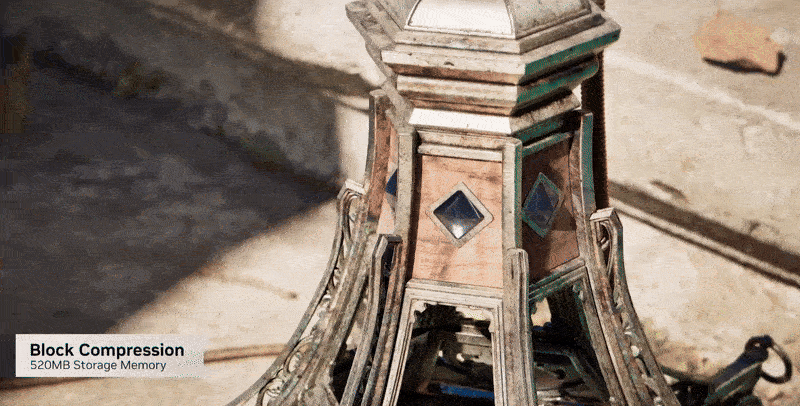
Additionally, the RTX 5090 supports DLSS 4 technology with Multi Frame Generation, exclusive to the Blackwell series, allowing the generation of multiple frames using AI for improved performance, from image quality to frame rate.
Finally, NVIDIA Reflex 2 achieved a 75% reduction in latency with Frame Warp. It will update the camera (viewport) positions based on user inputs in real-time, and then use temporal information to reconstruct the frame to display.
Let’s see a table of RTX 5090 release date, price, and specs below:
| RTX 5090 Release date | 30th January 2025 |
| RTX 5090 Price | $1,999 (Founders Edition) |
| Specs GPU Architecture Manufacturing CUDA Cores Tensor Cores RT Cores Boost clock Video Memory Memory Bus Width Memory Bandwidth AI Performance Ray Tracing Performance Form Factor Total Graphics Power | Blackwell TSMC 4N 21,760 680 170 2.41 GHz 32GB 512-bit 1,792 GB/s 3,352 AI TOPS 318 TFLOPS 2-slot 575W |
| What’s new in Specs | Neural Rendering DLSS 4 and Multi Frame Generation NVIDIA Reflex 2 |
RTX 5090 vs RTX 4090: a head-to-head comparison
A head-to-head comparison of RTX 5090 vs RTX 4090 in terms of specifications:
| Specification | RTX 5090 | RTX 4090 | Difference |
| GPU Architecture Manufacturing CUDA Cores Tensor Cores RT Cores Boost clock Video Memory Memory Bus Width Memory Bandwidth AI Performance Ray Tracing Performance Form Factor Total Graphics Power | Blackwell TSMC 4N 21,760 680 170 2.41 GHz 32GB 512-bit 1,792 GB/s 3,352 AI TOPS 318 TFLOPS 2-slot 575W | Ada Lovelace TSMC 4N 16,384 512 128 2.52 GHz 24GB 384-bit 1,008 GB/s 1,321 AI TOPS 191 TFLOPS 3-slot 450W | New architecture Same +33% +33% +33% -4% +33% +33% +78% +154% +66% Smaller +28% |
Compared to RTX 4090, you can see RTX 5090 has improved in raw specifications. It features a higher CUDA core count, Tensor cores count, and RT cores count (respectively 21,760 vs. 16,384, 680 vs 512, and 170 vs 128, which increases 33%).
The memory capacity of RTX 5090 is 32GB GDDR7 (up from 24GB GDDR6X), the memory bus is 512-bit (up from 384-bit), enhancing memory bandwidth significantly (a 78% increase).
Maybe the most interesting fact is that the 5090 has a slightly lower boost clock than the 4090 (2.41 GHz vs 2.52 GHz). However, all the other enhancements collectively make up for that and contribute to a substantial performance boost over the previous generation.
Overall review of RTX 5090: Is it worth buying?
RTX 5090 – the newest graphics card – of course is usually the fastest GPU around. It has new Blackwell architecture, new features, higher performance, more memory, more bandwidth, etc., as the table above. But is it worth your money? I tried to find some of its tests across 3D rendering and creation software/plugins compared with its predecessor, such as RTX 4090. Let’s have a look.

In this test from cgchannel.com, the results really vary. There are some tests where RTX 5090 performs better than RTX 4090, and the increase is from just a small amount of 3-4% (Blender 4.3 tests) to a leap of 40-50% (Arnold and UE 5.5 Valley of the Ancient tests respectively). Surprisingly, we have 3ds Max viewport rendering, where both RTX 5090 and RTX 5080 perform worse than RTX 40-series.
I also found some tests from pugetsystems.com. They tested Unreal Engine, V-Ray, Blender, and some video editing programs such as Premiere Pro, After Effects, and DaVinci Resolve. Unfortunately, there’s still no test for Redshift or Octane.
First of all, RTX 5090’s test on Unreal Engine. Overall, RTX 5090 leads the RTX 4090 by 17% (if we break down into RT Geomean and Rasterized Geomean, the leads are 18.6% and 15.8%, respectively). It’s not so fast when you compare the leap from RTX 3090 Ti to RTX 4090 (usually around more than 50%). For me, it’s a letdown in Unreal Engine tests.
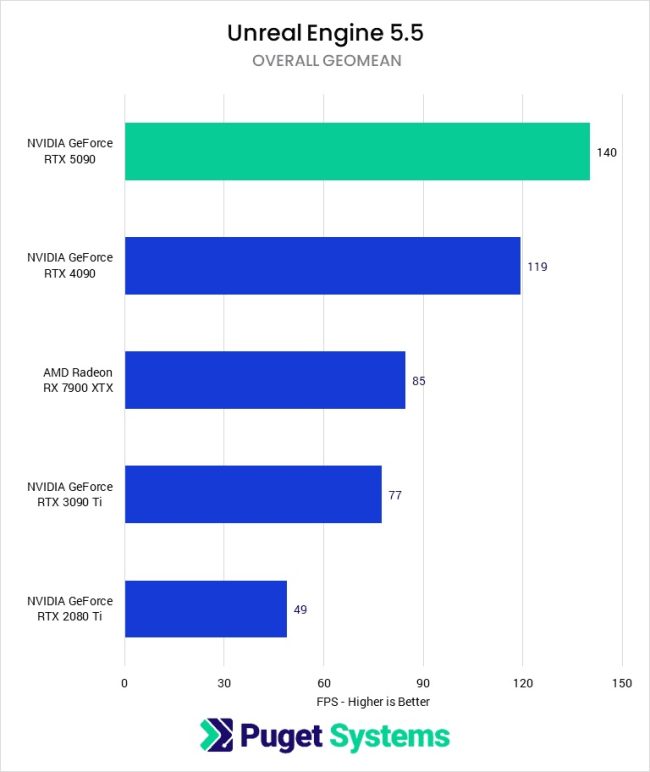
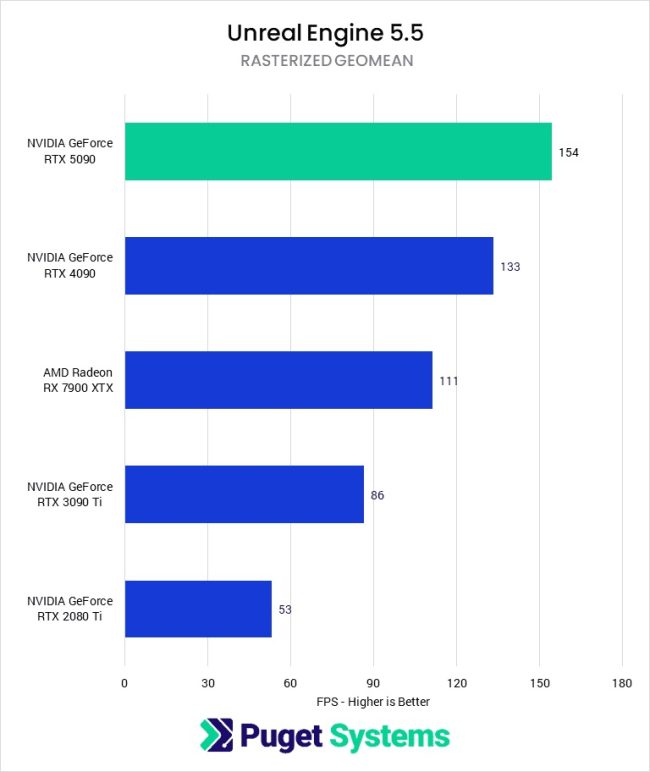
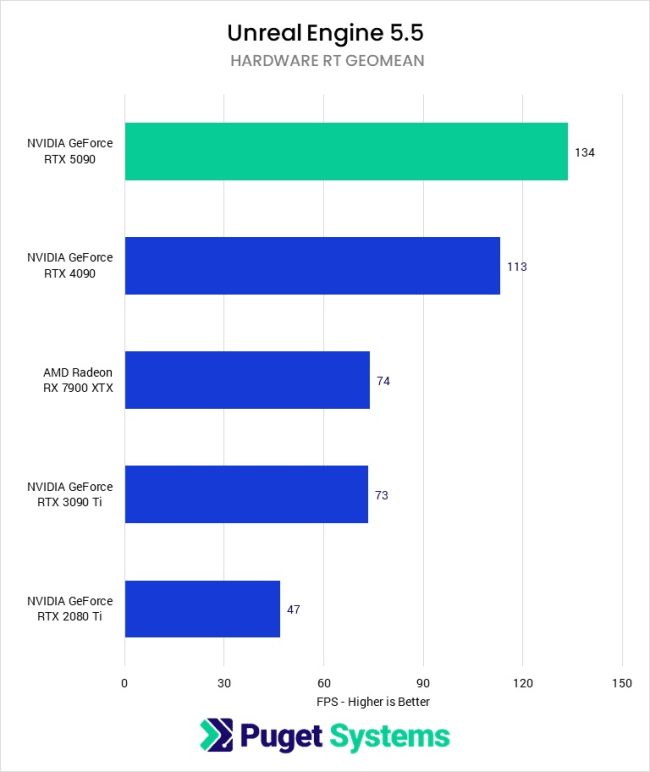
Next we come to the V-Ray test. RTX 5090 is 38% faster than RTX 4090. It’s kind of impressive if we don’t look at the speedup from RTX 4090 compared to RTX 3090 Ti. Same VRAM 24GB, but RTX 4090 could be 100% faster (or 2x faster) than RTX 3090 Ti.
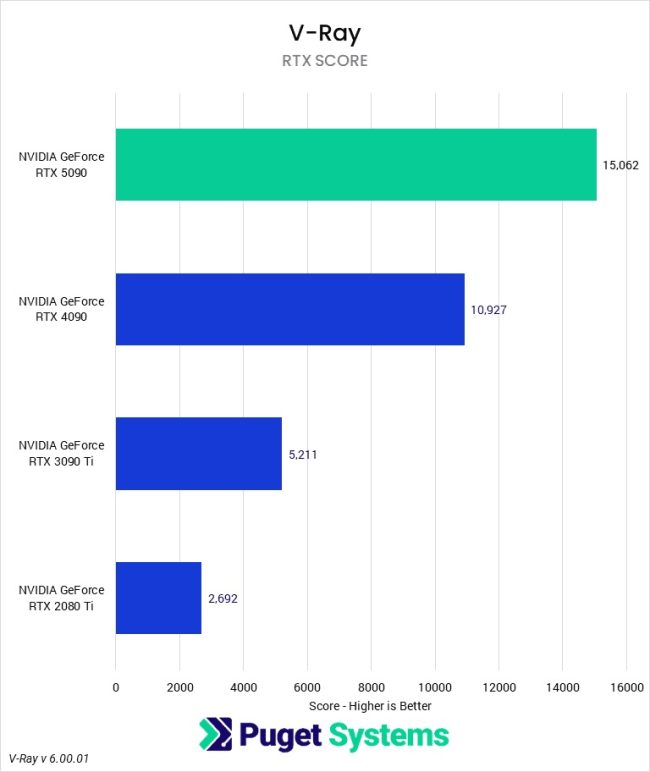
When we check the Blender test, it’s 35% faster. But again, try to compare the performance gain you get if updating from RTX 3090 Ti to RTX 4090, it’s 92% (nearly 2x faster). Until this test, RTX 5090 does not excite me.
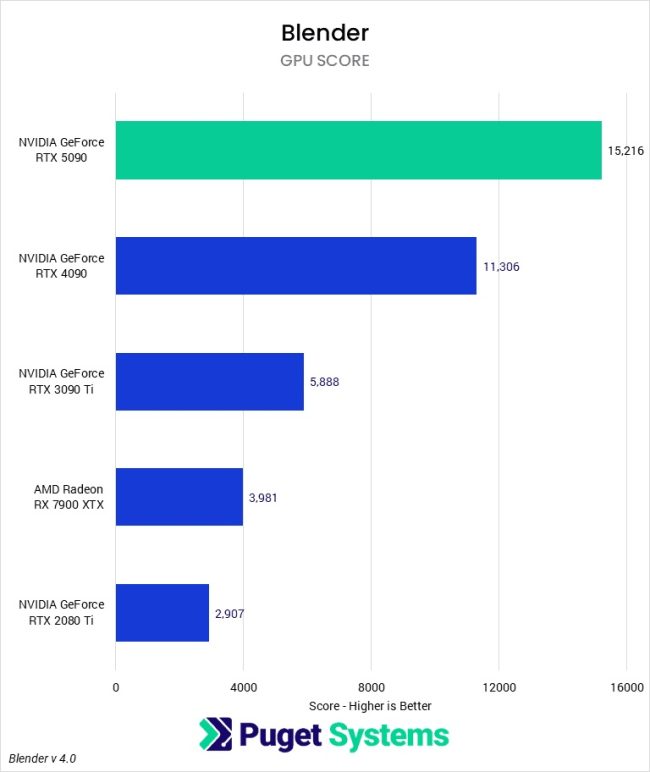
Finally, I investigate the performance improvement on Premiere Pro, After Effects, and DaVinci Resolve. The overall score is still not impressive, though, only about 9% lead for Premiere, 12% lead for After Effects, and 17% lead for DaVinci Resolve.
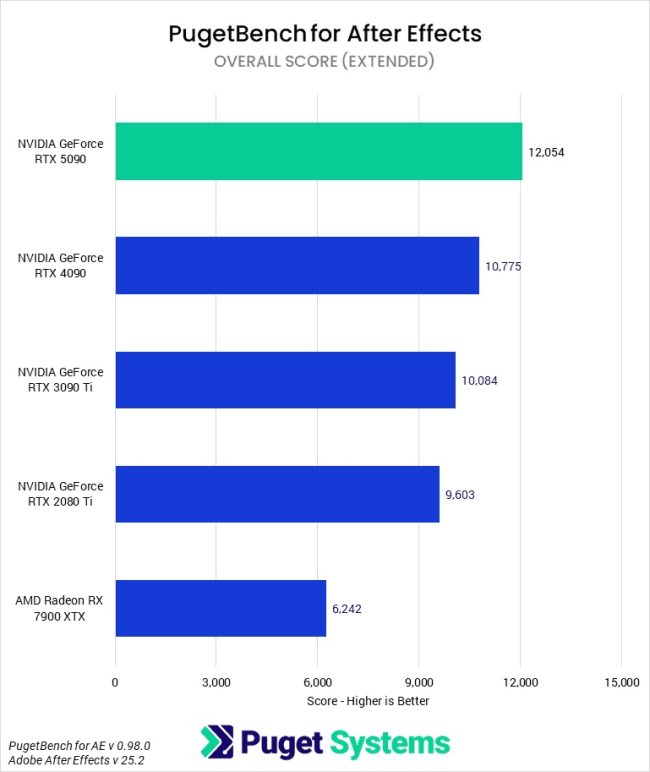
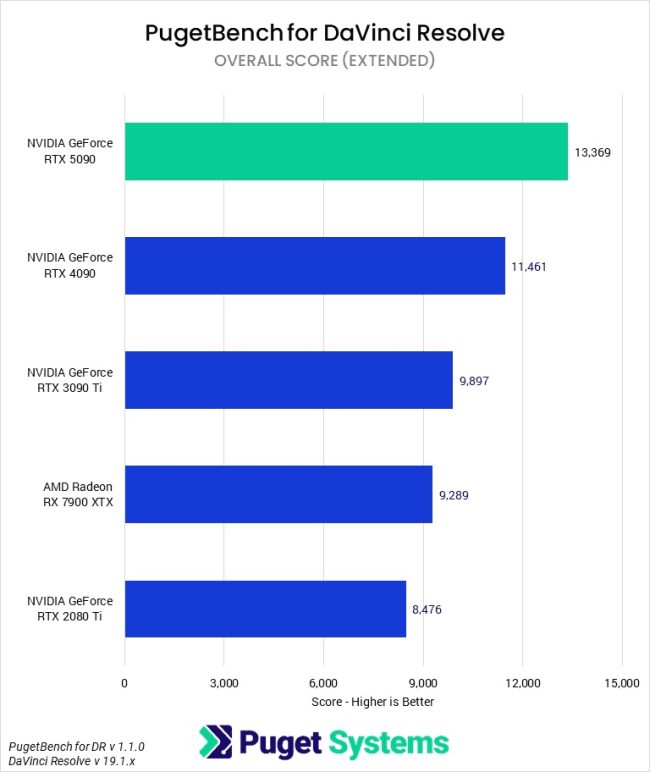
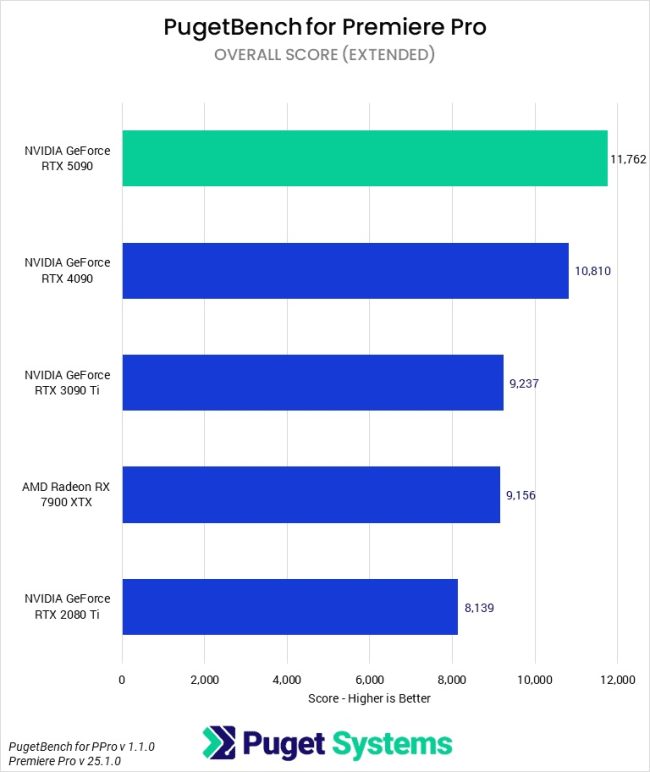
I’m surprised by the tests. I don’t know if it’s really because RTX 5090 performs poorly, or because the software hasn’t updated to fully utilize the card. If you just look at the tests above and want me to have an answer, I will not buy RTX 5090. Right now, the only strong point of the new card is more VRAM. I will wait for the tests from Redshift and Octane, when they fully support RTX 509,0 and consider it later.
Final thought
After trying to explore RTX 5090 from the technical specifications to its performance in reality, I think it’s such a letdown in performance boost. Of course, for any technical enthusiasts and professionals, RTX 5090 specs are cutting-edge and worth upgrading. It’s a race with technology first, then the hardware comes after, making the software need to update itself to fully utilize technology and hardware, so in the end, we still need to upgrade the graphics card. However, from RTX 3090, I don’t think there’s a big leap in terms of graphics card power. If RTX 5090 has 48GB VRAM, I can suggest you buy it. But the fact that it has 32GB VRAM, I can only provide an equivocal reply now: go buy it if you continue working on big projects or big scenes which cannot fit into your VRAM. If you can tweak your scene and are comfortable with your VRAM, there’s no need. The money and the decision are in you; use them wisely.
Read more: Render farm hardware: Which render farm has the best hardware?

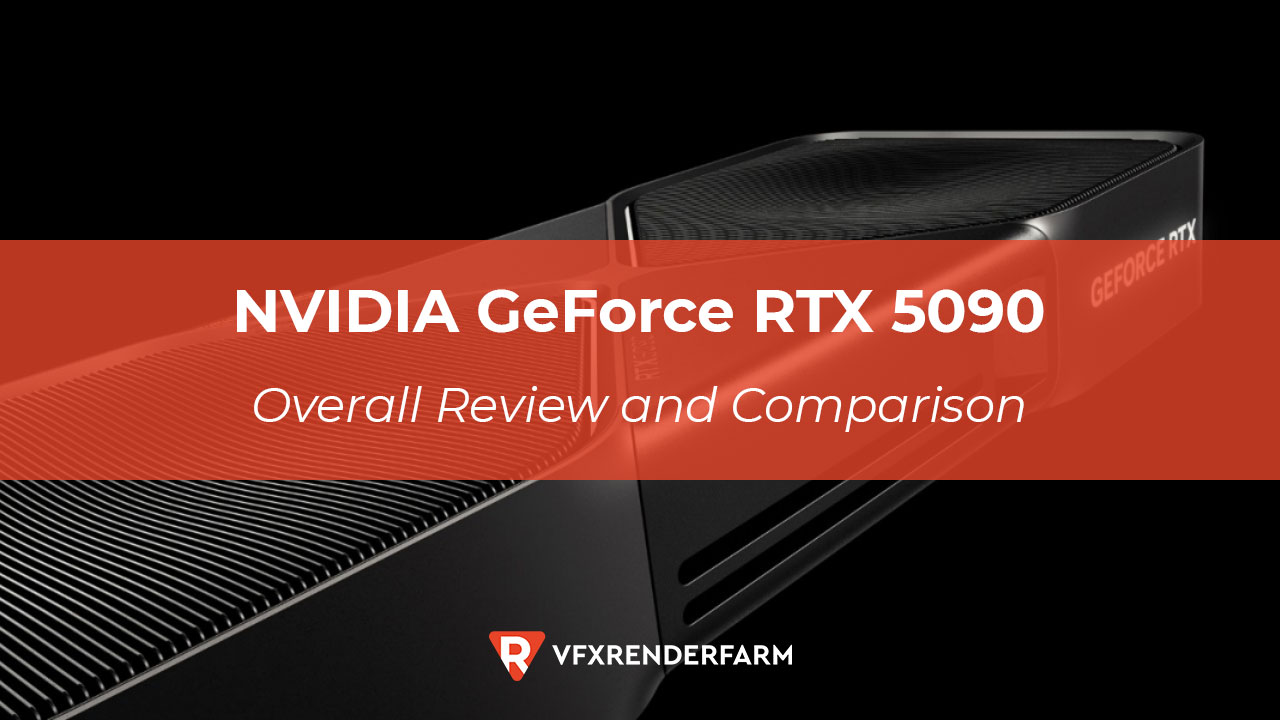
COMMENTS